BMX
-
Official Full Name
BMX non-receptor tyrosine kinase
-
Overview
This gene encodes a non-receptor tyrosine kinase belonging to the Tec kinase family. The protein contains a PH-like domain, which mediates membrane targeting by binding to phosphatidylinositol 3,4,5-triphosphate (PIP3), and a SH2 domain that binds to tyrosine-phosphorylated proteins and functions in signal transduction. The protein is implicated in several signal transduction pathways including the Stat pathway, and regulates differentiation and tumorigenicity of several types of cancer cells. Multiple alternatively spliced variants, encoding the same protein, have been identified. -
Synonyms
BMX; BMX non-receptor tyrosine kinase; cytoplasmic tyrosine-protein kinase BMX; ETK; PSCTK3; NTK38 tyrosine kinase; Etk/Bmx cytosolic tyrosine kinase; epithelial and endothelial tyrosine kinase; bone marrow tyrosine kinase gene in chromosome X protein; PS;
- Recombinant Proteins
- Cell & Tissue Lysates
- Protein Pre-coupled Magnetic Beads
- Human
- Human
- Mouse
- E.coli
- HEK293
- HEK293T
- Insect (sf21)
- Insect Cell
- Mammalian cells
- Sf21
- Sf9 Insect Cell
- Wheat Germ
- DDK
- Flag
- GST
- His
- His (Fc)
- Avi
- His|T7
- Myc
- MYC
- N/A
- N
- No tag
- Background
- Quality Guarantee
- Case Study
- Involved Pathway
- Protein Function
- Interacting Protein
- BMX Related Articles
- BMX Related Research Area
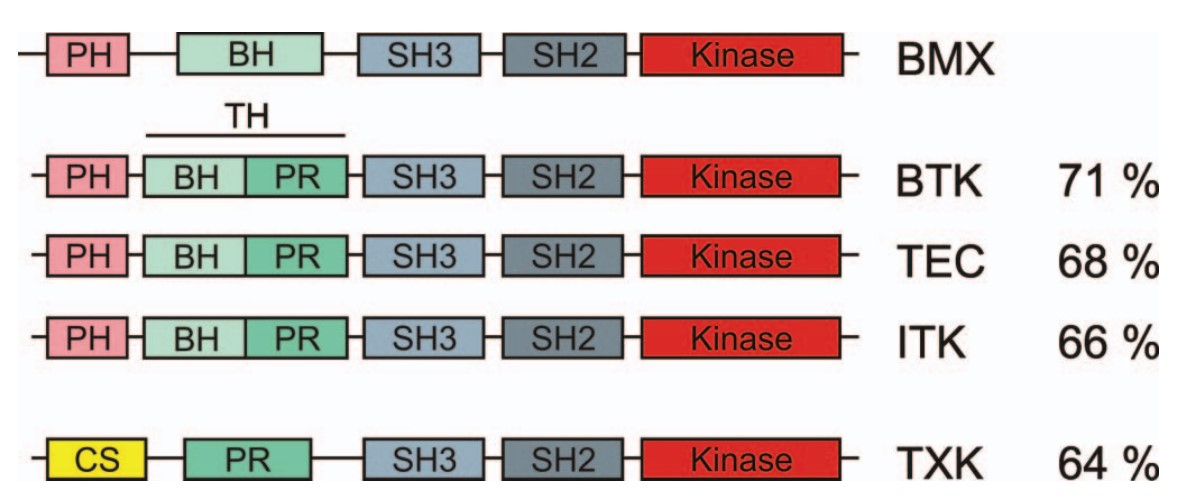
Fig1. Schematic representation of the TEC family kinases and their structural domains. (Bruno Cenni, 2012)
What is BMX protein?
BMX (BMX non-receptor tyrosine kinase) gene is a protein coding gene which situated on the short arm of chromosome X at locus Xp22. This gene encodes a non-receptor tyrosine kinase belonging to the Tec kinase family. The protein contains a PH-like domain, which mediates membrane targeting by binding to phosphatidylinositol 3,4,5-triphosphate (PIP3), and a SH2 domain that binds to tyrosine-phosphorylated proteins and functions in signal transduction. The protein is implicated in several signal transduction pathways including the Stat pathway, and regulates differentiation and tumorigenicity of several types of cancer cells. The BMX protein is consisted of 675 amino acids and its molecular mass is approximately 78.0 kDa.
What is the function of BMX protein?
BMX plays a key role in the regulation of cytoskeletal reorganization, cell migration, cell proliferation and survival, cell adhesion and apoptosis. One of its main functions is to regulate the differentiation of stem cells into mature cells, which makes it an important target in the field of gene regulation and drug development. BMX may play an important role in the growth and differentiation of blood cells.
BMX Related Signaling Pathway
Firstly, BMX is involved in the regulation of cell proliferation, differentiation and survival through the B cell receptor (BCR) signaling pathway. BMX can also activate the Wnt/β-catenin signaling pathway, which is involved in the occurrence and development of tumors. In addition, BMX may play a role in adaptive immune responses, apoptosis, and cell adhesion and phosphorylation processes.
BMX Related Diseases
BMX is involved in cell proliferation, differentiation and apoptosis, and has been found to be overexpressed or mutated in many types of cancer, including breast cancer, prostate cancer, lung cancer, stomach cancer, etc., promoting the growth and survival of tumor cells. BMX is expressed in vascular smooth muscle cells and endothelial cells, and its abnormality may be involved in the development of cardiovascular diseases such as atherosclerosis and thrombosis.
Bioapplications of BMX
In the study of inflammatory diseases, BMX proteins have been found to be involved in the occurrence and development of arthritis, which provides a potential target for the treatment of inflammatory diseases such as rheumatoid arthritis. At the same time, the regulatory role of BMX protein in the differentiation of cancer cells also provides a new research direction for cancer therapy.
High Purity
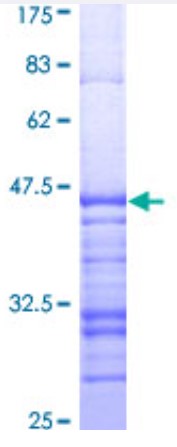
Fig1. SDS-PAGE (BMX-290H) (PROTOCOL for western blot)
.
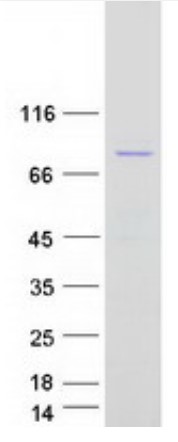
Fig2. SDS-PAGE (BMX-4246H) (PROTOCOL for western blot)
Case Study 1: Xiuxiu Li, 2023
Prostate cancer is highly dependent on androgens and the androgen receptor (AR). Hormonal therapies inhibit gonadal testosterone production, block extragonadal androgen biosynthesis, or directly antagonize AR. Resistance to medical castration occurs as castration-resistant prostate cancer (CRPC) and is driven by reactivation of the androgen-AR axis. 3β-hydroxysteroid dehydrogenase-1 (3βHSD1) serves as the rate-limiting step for potent androgen synthesis from extragonadal precursors, thereby stimulating CRPC. Genetic evidence in men demonstrates the role of 3βHSD1 in driving CRPC. In postmenopausal women, 3βHSD1 is required for synthesis of aromatase substrates and plays an essential role in breast cancer. Therefore, 3βHSD1 lies at a critical junction for the synthesis of androgens and estrogens, and this metabolic flux is regulated through germline-inherited mechanisms. This study shows that phosphorylation of tyrosine 344 (Y344) occurs and is required for 3βHSD1 cellular activity and generation of Δ4, 3-keto-substrates of 5α-reductase and aromatase, including in patient tissues. BMX directly interacts with 3βHSD1 and is necessary for enzyme phosphorylation and androgen biosynthesis. In vivo blockade of 3βHSD1 Y344 phosphorylation inhibits CRPC.
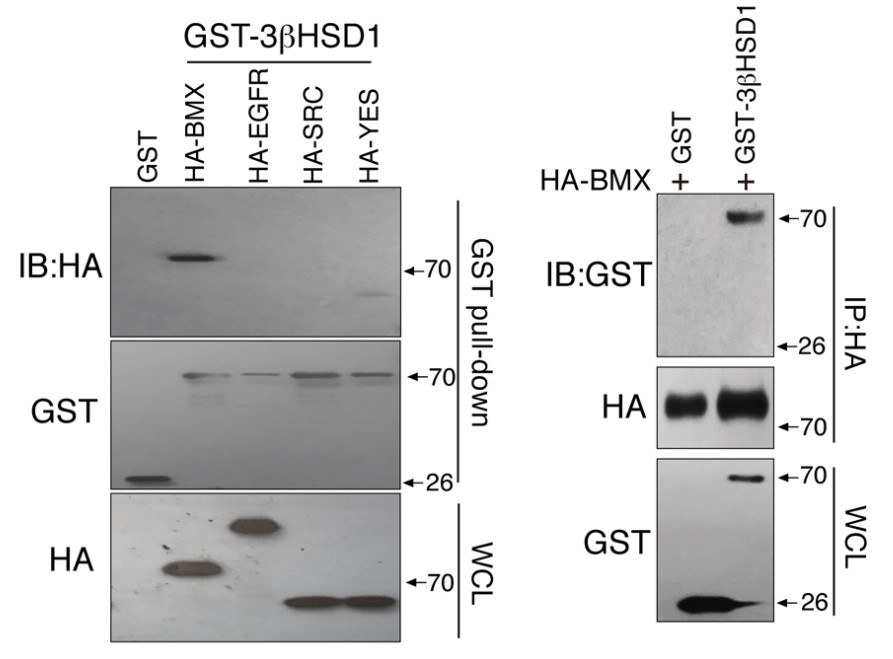
Fig1. 293T cells were transiently cotransfected with HA-BMX, EGFR, SRC, or YES and GST-3βHSD1, followed by GST pull-down and Western blot (left).
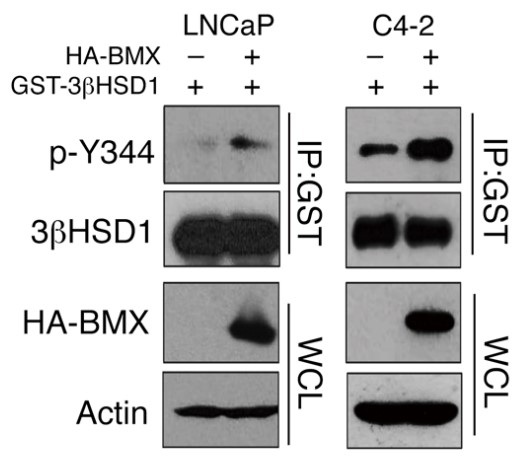
Case Study 2: Sen Chen, 2018
Prostate cancer responds to therapies that suppress androgen receptor (AR) activity (androgen deprivation therapy, ADT) but invariably progresses to castration-resistant prostate cancer (CRPC). The Tec family nonreceptor tyrosine kinase BMX is activated downstream of PI3K and has been implicated in regulation of multiple pathways and in the development of cancers including prostate cancer. However, its precise mechanisms of action, and particularly its endogenous substrates, remain to be established.
Here, the researchers demonstrate that BMX expression in prostate cancer is suppressed directly by AR via binding to the BMX gene and that BMX expression is subsequently rapidly increased in response to ADT. BMX contributed to CRPC development in cell line and xenograft models by positively regulating the activities of multiple receptor tyrosine kinases through phosphorylation of a phosphotyrosine-tyrosine (pYY) motif in their activation loop, generating pYpY that is required for full kinase activity. To assess BMX activity in vivo, they generated a BMX substrate-specific antibody (anti-pYpY) and found that its reactivity correlated with BMX expression in clinical samples, supporting pYY as an in vivo substrate. Inhibition of BMX with ibrutinib (developed as an inhibitor of the related Tec kinase BTK) or another BMX inhibitor BMX-IN-1 markedly enhanced the response to castration in a prostate cancer xenograft model.
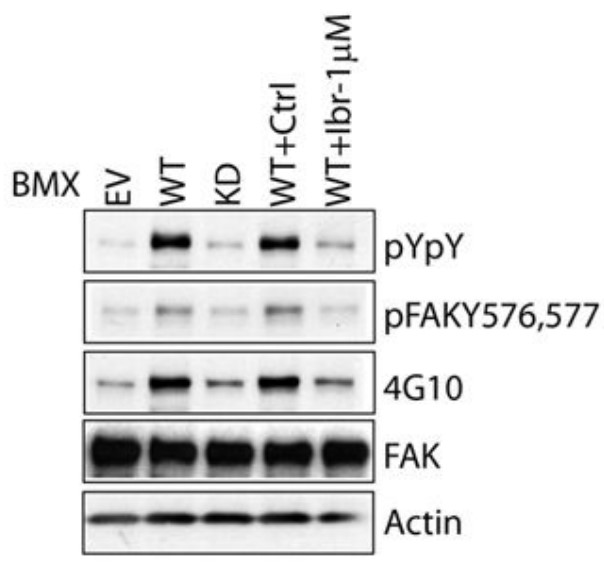
Fig3. HEK 293 cells double transfected with wild type FAK and wild type or kinase dead BMX (or empty vector, EV) were treated with or without 1 μM ibrutinib for 4 hr.
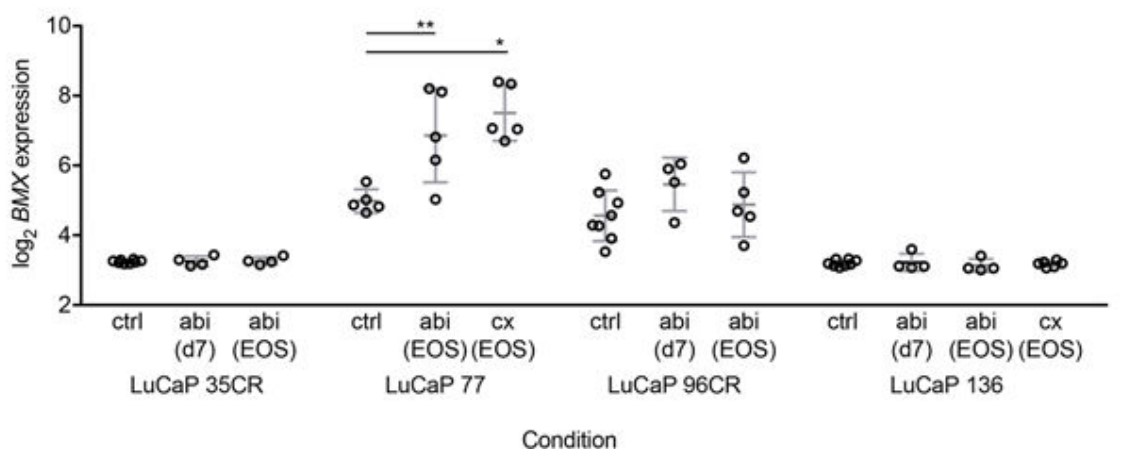
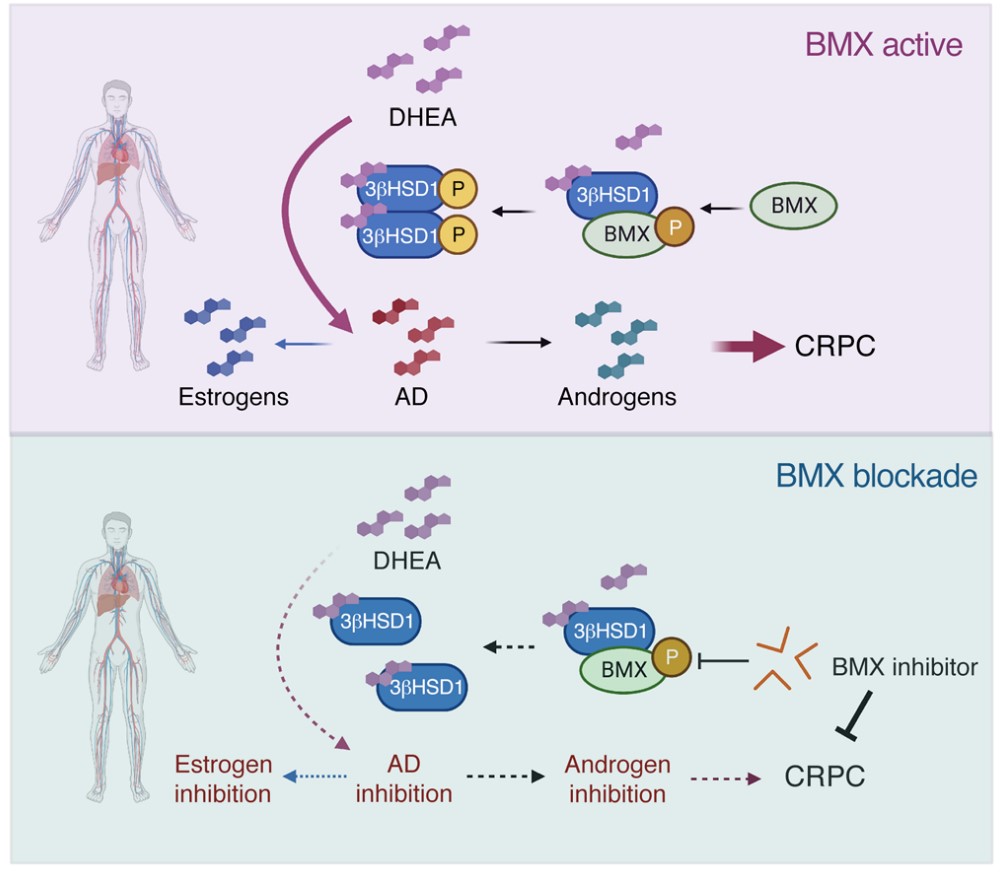
Fig1. Proposed model for 3βHSD1 phosphorylation. BMX phosphorylates 3βHSD1 Y344 upon activation by DHEA. (Xiuxiu Li, 2023)
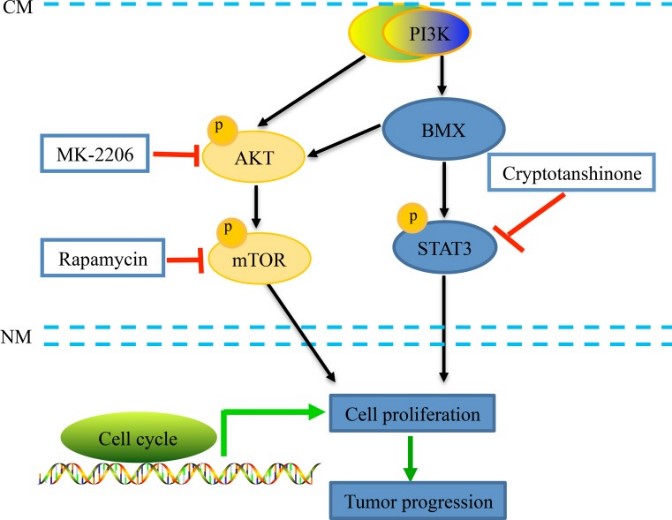
Fig2. A schematic diagram of the BMX-mediated AKT and STAT3 pathway activation in human cervical cancer cells. (Yuanyuan Li, 2017)
BMX involved in several pathways and played different roles in them. We selected most pathways BMX participated on our site, such as Angiopoietin receptor Tie2-mediated signaling, Apoptosis, Apoptotic cleavage of cellular proteins, which may be useful for your reference. Also, other proteins which involved in the same pathway with BMX were listed below. Creative BioMart supplied nearly all the proteins listed, you can search them on our site.
| Pathway Name | Pathway Related Protein |
|---|---|
| Angiopoietin receptor Tie2-mediated signaling | GRB7;AGTR1;ELF2;DOK2;GRB14;CDKN1A;BMX;ELF1;CRK |
| Apoptosis | DYNLL2;CASP9;RELA;NFKBIAA;HIST1H1B;OCLN;PRKAR2A;HELLS;TNFRSF10C |
| Apoptotic cleavage of cellular proteins | CASP6L2;CASP8L1;ADD1;BCAP31;LMNB1;SPNA2;CTNNB1;CTNNB2;PLEC |
| Apoptotic execution phase | HMGB2A;BMX;CLSPN;VIML;PANK1A;DSP;CASP6L2;STK24;H1F0 |
| IL-3 Signaling Pathway | KCNIP3B;BIRC5A;CISH;GATA1A;GNB2L1;GATA2A;SPI1B;KCNIP3;GATA1 |
| IL-6 Signaling Pathway | DAXX;CDK5R1B;EIF2A;BMX |
| Programmed Cell Death | DSG3;HMGB2;BCAP31;RNF8;Gzmg;DBNLA;SATB1;GAS2;PKP1 |
| Signaling events mediated by focal adhesion kinase | ACTA1;ARHGAP26;BMX;ARHGEF28;KLF8 |
BMX has several biochemical functions, for example, ATP binding, metal ion binding, non-membrane spanning protein tyrosine kinase activity. Some of the functions are cooperated with other proteins, some of the functions could acted by BMX itself. We selected most functions BMX had, and list some proteins which have the same functions with BMX. You can find most of the proteins on our site.
| Function | Related Protein |
|---|---|
| ATP binding | BBS12;P2RX4A;BMX;DNAHC8;PSMC1B;UBE2D2;SMYHC3;PRKCBB;DDX27 |
| metal ion binding | ITGA3;ZNF167;MCEE;OGDH;CADPS;HE1B;ZFP30;ACAT1;ZNF566 |
| non-membrane spanning protein tyrosine kinase activity | YES1;CLK1;JAK2A;JAK2;TNK2B;WEE1;FYN;HCK;Fert2 |
| protein binding | LILRB3;TRPV6;ATG14;DDB2;BAG6;SPOP;CKM;F11;ERBB3 |
| protein tyrosine kinase activity | FGR;DYRK1B;PDGFRB;SYK;KDRL;FGFR3;MATK;Fert2;NEK1 |
| NOT receptor binding | TEC;LGI1;TXK;BTK;STYK1;BMX;ITK |
| signal transducer activity | VMN1R46;GNAV1;PPP5C;CANT1;TICAM2;GRM8B;BST2;MIER1B;ITGB3BP |
BMX has direct interactions with proteins and molecules. Those interactions were detected by several methods such as yeast two hybrid, co-IP, pull-down and so on. We selected proteins and molecules interacted with BMX here. Most of them are supplied by our site. Hope this information will be useful for your research of BMX.
STAT3; PIM1; PIM1; saicar; EGFR; ERBB2; PKM; TP53; HSP90AB1; CRK; CLNK
- Q&As
- Reviews
Q&As (7)
Ask a questionBMX interacts with Tec family kinases to regulate immune cell signaling, affecting immune responses.
Inhibition of BMX reduces angiogenesis in tumor models, suggesting a role in tumor growth and metastasis.
Targeting BMX in cardiovascular diseases offers potential therapeutic benefits, possibly impacting vascular remodeling and function.
BMX kinase substrates vary by cell type, impacting diverse signaling pathways related to cell growth and survival.
BMX expression differs in cancerous tissues, with heightened levels in certain breast and prostate cancers, indicating a potential role in tumor progression.
BMX is involved in regulating inflammatory responses, playing a significant role in autoimmune disease mechanisms.
Phosphorylation alters BMX activity and stability, influencing its function in cellular signaling processes.
Customer Reviews (3)
Write a reviewAccurate mass spectrometry analysis; essential for proteomics research.
Reliable western blot results; a staple for our lab work.
Precise protein quantification; vital for our research projects.
Ask a Question for All BMX Products
Required fields are marked with *
My Review for All BMX Products
Required fields are marked with *


